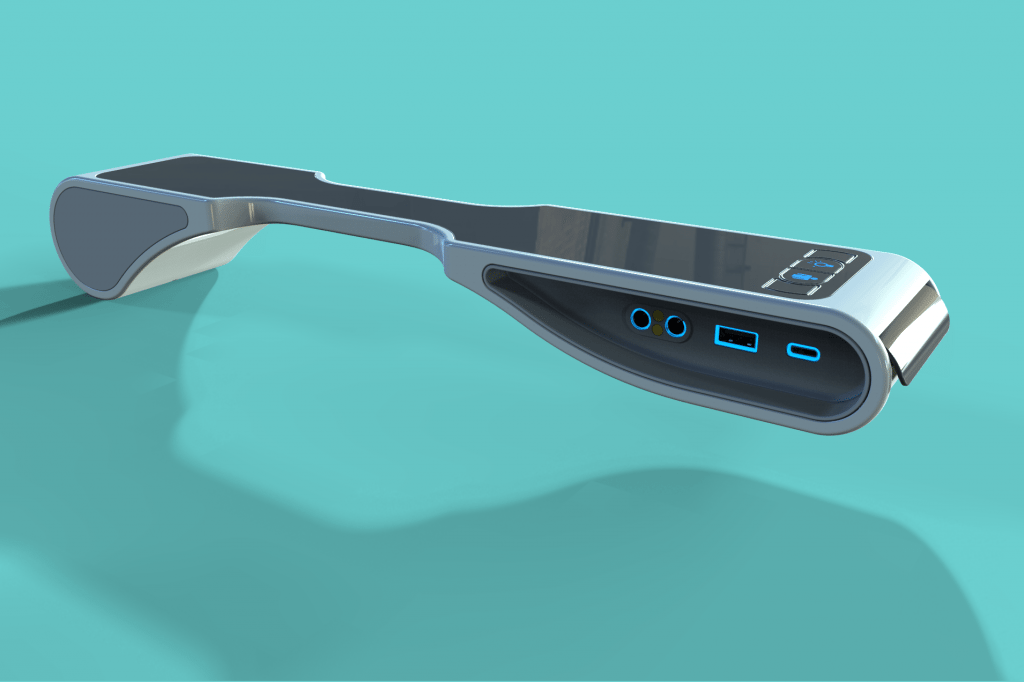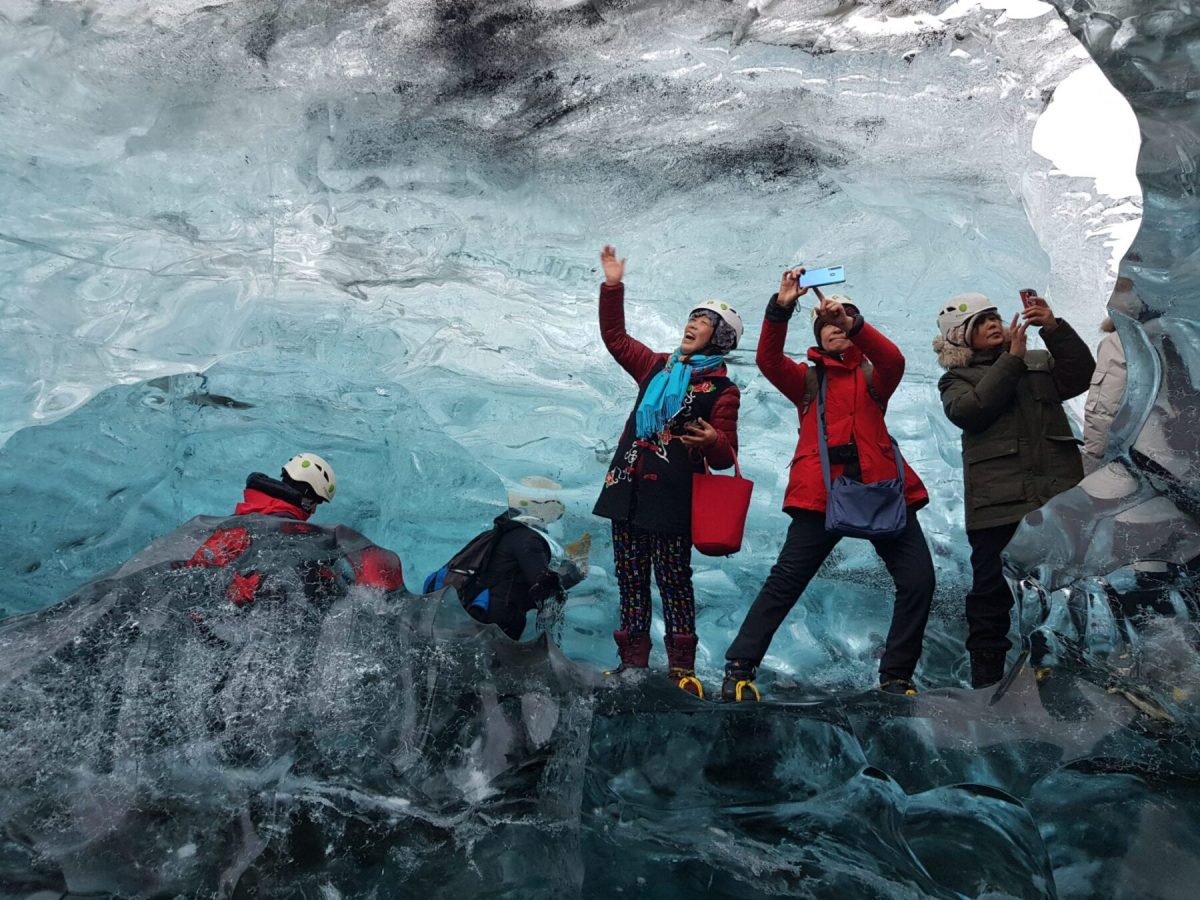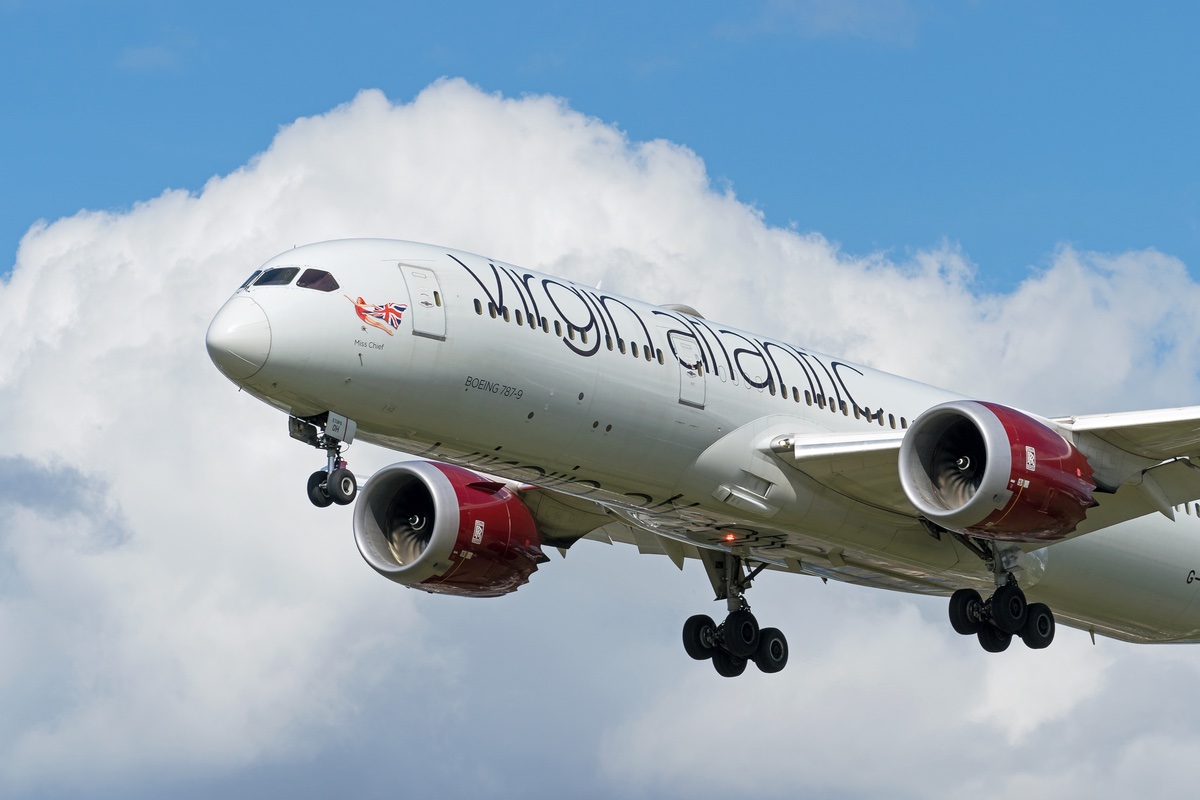Why Armrest Innovation Is the New Passenger Experience Battleground

Skift Take
Until recently, the armrest seems to have been a forgotten element of the airline seat, its role in providing comfort to passengers overlooked and taken for granted. However, with ten and 11 abreast layouts in economy on the horizon for larger aircraft types, any extra surface area passengers can rightfully claim as their own is becoming a priority - even if it is meagre compensation for a shrinking seat pitch.
A year ago now, FlyersRights.org, the largest U.S.-based airline passenger organisation, appealed the FAA’s denial of its rulemaking petition to halt further shrinkage of airline seats and legroom until minimum passenger space standards could be set. It came to nothing, and now it looks as though rather than conceding, airlines are trying to distract passengers from their discomfort by refreshing other elements of the seat.
In the lead-up to the Crystal Cabin Awards (CCAs), which take place during the Aircraft Interiors Expo (AIX) in Hamburg, the aviation industry gets an insight into the minds of those creating the passenger experience of tomorrow - and it seems it’s the armrest’s time to shine.
It’s interesting to note that armrest designs, which garnered attention in 2016, are continuing to be explored. Armrest concepts previously shortlisted for the CCAs include the Wishbone armrest, which divided lengthways into two slimmer versions and looked like; you guessed it, a wishbone.
More successful was Soarigami, a patent-pending consumer travel product rather than something airlines have to certify. Based on the design of a paper aeroplane and made of recycled cardboard, the product was entered into the 2016 CCAs already having taken home $25,000 and first place at the International Air Transport Association’s (IATA) Passenger Innovation Awards in 2015.
This year, the armrest is making a come-back at the CCAs, but this time with a more technological focus.
Inflight Peripherals (IFPL) has come up with the Nexus Integrated Seat Arm concept, an idea which came from the fact that although seats are shrinking, an increasing number of passengers expect to be able to charge their devices while travelling.
“IFE vendors build IFE systems and seat providers build seats – they never really pay too much attention to each other’s game until they’re working with an airline who says, ‘I want you to integrate this IFE system with this seat.’ It’s an afterthought,” said David Thomas, IFPL’s VP business development.
The company’s hoping to show that by designing technology into the seat from the ground up, you can enhance both its aesthetic and ergonomics. As well as including a USB port somewhere you can find it (rather than in the dark under the seat), the armrest also incorporates passenger control functions such as the attendant call bell and light, which means no more awkward stretching over your neighbour’s head.
These same design principles were applied during IFPL’s work with Mirus before it was announced at AIX in 2016 that the latter’s Hawk seat – featuring a USB port in the seat arm – was to be installed on AirAsia’s existing and new Airbus A320s, totalling 312 aircraft.
Thomas says the Nexus armrest concept further demonstrates what can be achieved and that the design can be altered depending on an airline’s specific needs.
Elsewhere, there’s Armrest 2020, a concept created by Johannesburg-based Mark Lentin.
Lentin’s lightweight creation provides one armrest with split levels to accommodate people of different sizes, but it also does more than that. “When you look at a basic product, it usually fulfils one function. When I design products, I like to maximise their usability as much as possible. There is nothing that says an armrest should be just an armrest. It should also be a passenger’s control centre,” Lentin said.
Rather than continue with the inclusion of a bulky tethered handset, Lentin’s design offers a simple track wheel which can be used to control the IFE system and play games. This is probably why the entire armrest only weighs 450 grams (just under half a kilo).
“Although today tethered handsets are mostly used to interact with in-flight entertainment systems, they were originally intended for making phone calls. Armrest 2020 still offers a telephone console, it’s just built into the armrest,” Lentin said. “All that’s needed to communicate with other onboard passengers or make phone calls is a microphone headset which can be handed out by airline stewards, depending on whether the airline offers that service.”
Like IFPL’s Nexus offering, Armrest 2020 allows external devices to plug into the armrest via USB port.
The concept has several patents pending and according to Lentin, several airlines have already expressed interest. His first prototype doesn’t have a working track wheel, but Lentin hopes to have resolved this by the middle of this year.




